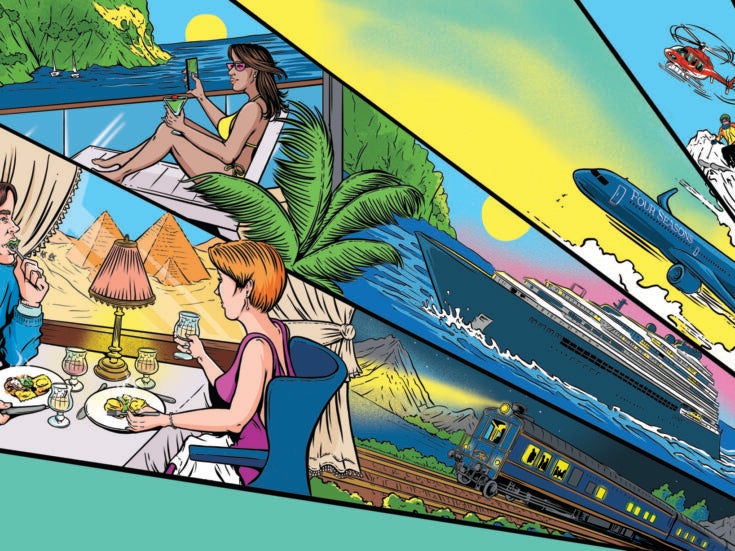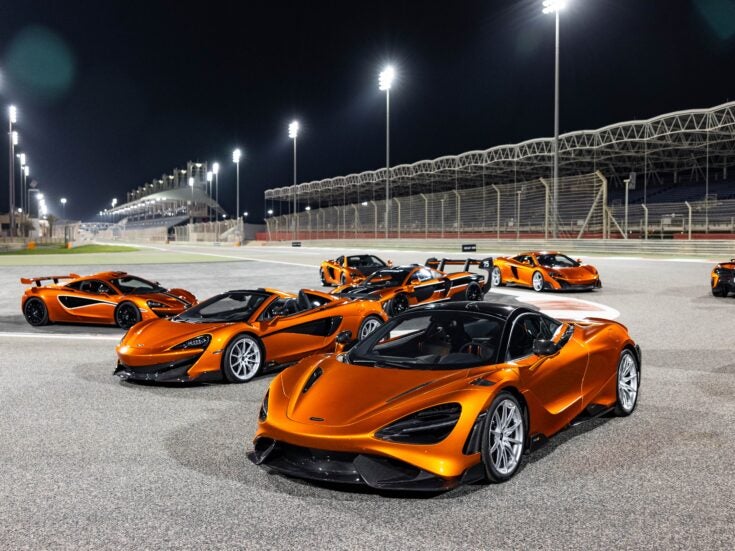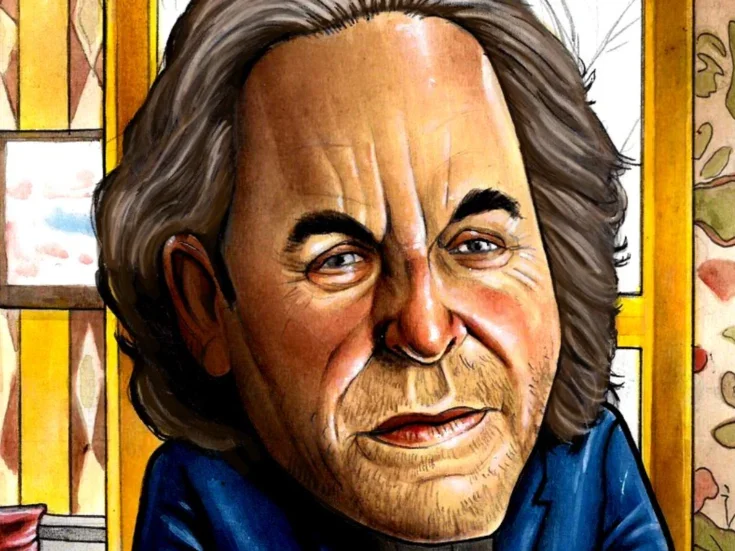
There’s much more to Dubrovnik than the superyachts and swishy villas clustered along the gorgeous coastline. Eat, drink, explore, says Sophie McBain
THE MEDIEVAL FORTIFIED walls, baroque houses and terracotta rooftops of Dubrovnik’s old town appear unchanged for centuries, but are in fact the product of painstaking reconstruction work following the 1991-2 siege of the city. Here the newly restored blends seamlessly with the historical, although on Stradun, the main street bisecting Dubrovnik, the original paving stones are pockmarked with battle wounds, while the newer ones are polished smooth. The city, like the rest of Croatia, has been buffing its public image since the end of the war, and it’s paying off.
Dubrovnik has long been a world of its own, a self-contained culture bounded by more than the city walls. From the 14th century to the Napoleonic invasion, the Republic of Regusa (the old name for Dubrovnik) was a semi-autonomous maritime power, ruled by a council of nobles headed by a rector, who was rotated on a monthly basis. Long after the Republic was subsumed within the Austro-Hungarian Empire, it retained its distinctive identity and old-world stateliness, becoming by the early 20th century, an Adriatic playground for the rich and famous. The Hotel Excelsior, a recently revived Dubrovnik institution, has a visitors’ list that spans European royalty and Marxist revolutionaries.
Today, sixteen years on from the official end of the war, the rich have returned and Hollywood is once more holidaying along this stretch of the Dalmatian coast: Morgan Freeman and Kevin Spacey’s beaming mug shots now hang next to Che Guevara, Elizabeth Taylor and Margaret Thatcher on the Hotel Excelsior’s wall of fame.

The view from the balcony of the Hotel Excelsior
It could easily have worked out very differently. With tourism one of the few lifelines available to the devastated post-war economy, it would have been easy to court it at any price. Dubrovnik could have attracted the same RyanAir planeloads as Prague or Bratislava, and its picturesque streets could be filled with stag parties recreating Binge Britain in the Balkans.
One of the people charged with the city’s turnaround is Pave Zupan Ruskovic, former minister for tourism and current adviser to the mayor of Dubrovnik. From the outset her focus has been on quality and not mass tourism. ‘People always ask me, “Do you want mass tourism or elite tourism?” and my answer is that we want to deliver quality tourism, that is our strategy,’ she explains.
Dubrovnik’s history was an asset, she adds: ‘Dubrovnik is a brand. People didn’t know much about Croatia, but they knew Dubrovnik. It might be that people didn’t know if the city was in Yugoslavia or Czechoslovakia, but they knew that Dubrovnik is where politicians and actors holidayed.’
Despite this, there have been blips. In their eagerness to welcome tourists back to Dubrovnik, the authorities allowed too many cruise ships to dock at the harbour. On my first tour of the old city, my view of the public buildings was obscured by teeming hordes of sun-creamed day-trippers and their sharp-elbowed, loudspeaker-toting tour guides. Fortunately, although perhaps depressingly too, they rarely venture inside the city’s churches or monasteries. The old city was far more atmospheric at night, when the crowds have returned to their boats and the streets are virtually empty. This peak-season overcrowding is only a temporary problem, Ruskovic says, as they are now working on limiting the number of ships allowed to dock at Dubrovnik.

For the most part, the tourism board’s self-restraint has been impressive, with the current focus firmly on improving tourist services rather than indiscriminate expansion. After a notoriously bungled initial privatisation drive, it is now proceeding more slowly.
The nearby Elaphite islands, a small island archipelago off the coast of Dubrovnik, are still under-developed. You can explore their secret lagoons and reach the abandoned monasteries on leisurely boat trips, an intrepid kayak or a madcap jetski, as I did, at what felt like 50 miles per hour, clinging to it, white-knuckled and red faced. Jetskiing may not be the classiest way to island hop, but having crashed over waves to view the craggy coastline through a veil of sea spray, I am convinced it is the most fun way to get around.
My legs were still a little wobbly on a calmer jaunt to explore the oyster farms of Ston with Jerko, the ebullient manager of Stagnum, Ston’s top seafood restaurant. Ston, a fishing town 60 kilometres northwest of Dubrovnik, has been renowned for its oysters and mussels since the Roman times. I sampled them straight from the sea, to savour the sweet, salty taste.
Jerko’s friendly insistence on an eye-watering pre-lunch shot of grappa hinted at Eastern-European heritage, but the strongest cultural and culinary influences are Mediterranean. Croatians are fiercely proud of their olive oil, and the wine of the Peljesac peninsula near Dubrovnik is gaining recognition at home and abroad.
En route to Ston, I visited Frano Milos, a small independent Peljesac wine producer, who says that his family has been making wine for centuries. When he went professional in the 1980s he had to give most of his harvest to the state wine company. Now, thanks to economic liberalisation, he is exporting to North America, but he has stuck to traditional production techniques, maturing his wine in 70-year-old oak barrels in the cellar beneath his family home. He grows the local grape, Plavac Mali (a relative of Zinfandel), on the steep Peljesac hillsides, where the fiercely hot summers produce tannin-rich, high-alcohol wines, which I tasted at his home, alongside local cured ham and creamy Bosnian cheese.
It is not only their wine that Croatians are taking increasingly seriously, but food too. Istrian truffles, which are hunted by dogs, are no less perfumed than their more famous neighbours and, I was proudly informed, the largest truffle in the world came from there.

Some of my most memorable meals were on the terraces of two of Dubrovnik’s private retreats. On my first evening I dined outside the Lighthouse Grebeni (pictured above), a recently renovated 19th-century lighthouse, a short boat ride from the Dubrovnik Palace Hotel. To a symphony of lapping waves and squalling gulls, I celebrated my arrival with octopus and tomato salad, wild mushroom and asparagus risotto, steak, and a carob and fig cake in a crisp white chocolate and lavender shell.

A few nights later at the Villa Agave (pictured left), a converted 13th-century chapel, on a sequestered stretch of coast overlooking the old town, I was entertained by the Hotel Excelsior’s head chef, Peter Obad, a published poet and stand-up comedian whose limited English proved no obstacle to effective joke-telling. Between punchlines, he conjured up a feast that began with a palate-cleansing tuna tartare, with nectarine and wild garlic, and finished several gluttonous hours later with chocolate ravioli and pistachio ice cream.
But for all Obad’s skill, it was the view from Villa Agave that offered the strongest explanation for Dubrovnik’s post-war renaissance. Standing on the shaded terrace, watching the quiet majesty of the old town at dusk, as the sun cast the last of its deep red rays over a still, inky sea and the circling sea birds fell suddenly silent, it was easy to see why Dubrovnik’s visitors were so quick to return — few things in the world can be worth such a view.
Sophie’s trip was arranged by Essentially Prestige
www.prestigeholidays.co.uk/croatia
01425 480400







